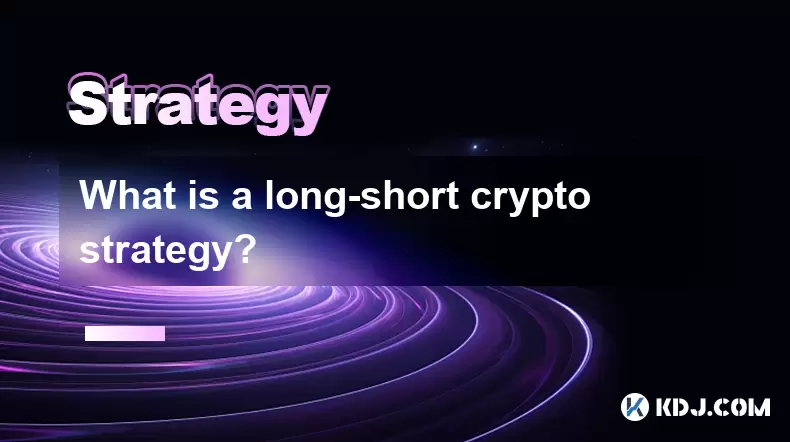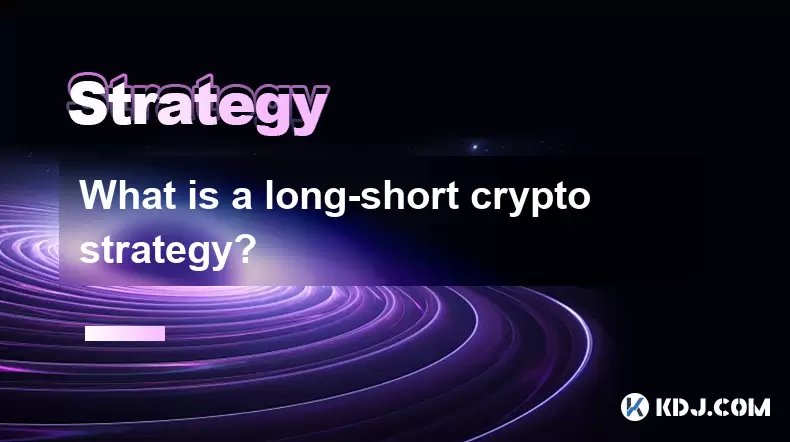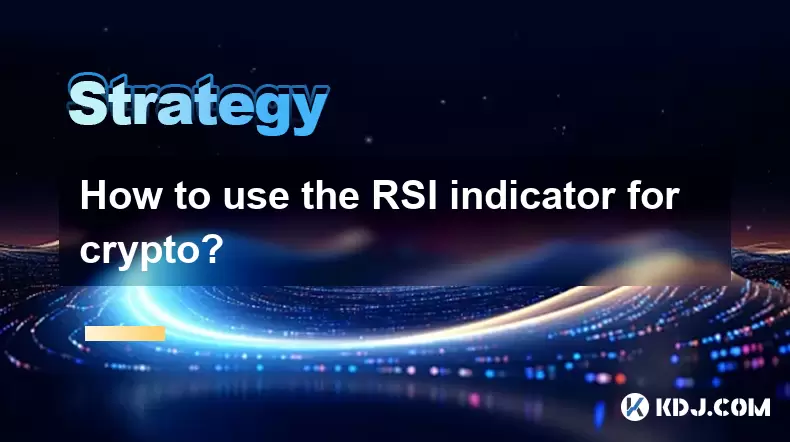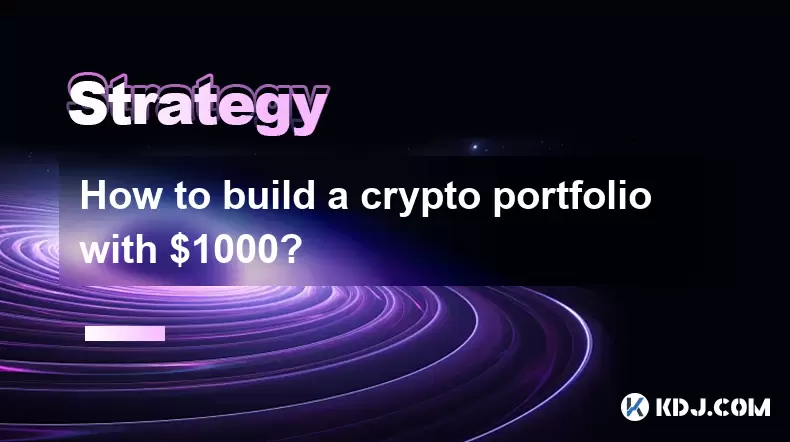-
 Bitcoin
Bitcoin $119800
1.38% -
 Ethereum
Ethereum $3873
3.25% -
 XRP
XRP $3.247
1.85% -
 Tether USDt
Tether USDt $1.001
0.02% -
 BNB
BNB $840.4
5.94% -
 Solana
Solana $190.0
2.55% -
 USDC
USDC $1.000
0.03% -
 Dogecoin
Dogecoin $0.2433
2.69% -
 TRON
TRON $0.3197
-0.05% -
 Cardano
Cardano $0.8367
1.39% -
 Sui
Sui $4.327
3.11% -
 Hyperliquid
Hyperliquid $44.00
0.31% -
 Stellar
Stellar $0.4461
1.76% -
 Chainlink
Chainlink $19.25
4.61% -
 Hedera
Hedera $0.2941
3.90% -
 Bitcoin Cash
Bitcoin Cash $598.4
6.89% -
 Avalanche
Avalanche $26.19
4.67% -
 Litecoin
Litecoin $115.1
0.50% -
 Shiba Inu
Shiba Inu $0.00001427
1.55% -
 Toncoin
Toncoin $3.379
2.01% -
 UNUS SED LEO
UNUS SED LEO $8.966
-0.16% -
 Ethena USDe
Ethena USDe $1.001
0.02% -
 Uniswap
Uniswap $11.04
4.16% -
 Polkadot
Polkadot $4.239
2.00% -
 Monero
Monero $324.6
0.36% -
 Bitget Token
Bitget Token $4.672
2.46% -
 Pepe
Pepe $0.00001294
2.69% -
 Dai
Dai $0.0000
0.01% -
 Cronos
Cronos $0.1443
2.71% -
 Aave
Aave $302.9
1.98%
What are the arbitrage strategies in Ethereum liquidity mining?
Ethereum liquidity mining arbitrage strategies exploit price differences in Ethereum spot markets, triangle trades, and cross-chain transactions to capture risk-free returns.
Feb 25, 2025 at 10:24 am

Key Points of Ethereum Liquidity Mining Arbitrage Strategies
- Spot arbitrage: Exploiting price differences between Ethereum spot markets to buy low and sell high
- Triangle arbitrage: Capitalizing on three-way price discrepancies among Ethereum pairs to generate risk-free returns
- Cross-chain arbitrage: Leveraging price disparities between Ethereum and other blockchains or layer-2 solutions
- Statistical arbitrage: Utilizing statistical models to identify trading opportunities based on historical price patterns
- High-frequency arbitrage: Employing automated bots to execute rapid-fire trades in response to market fluctuations
- Cross-exchange arbitrage: Taking advantage of price discrepancies between different Ethereum exchanges
- DEX arbitrage: Using decentralized exchanges (DEXs) for arbitrage opportunities that leverage the anonymity and low fees associated with them
Ethereum Liquidity Mining Arbitrage Strategies in Detail
1. Spot Arbitrage
Spot arbitrage involves identifying and exploiting price differences between different Ethereum spot markets. This can be done by comparing the prices of the same Ethereum token on multiple exchanges or by tracking the price movements of different Ethereum pairs.
2. Triangle Arbitrage
Triangle arbitrage is a more complex arbitrage strategy that involves trading three different Ethereum pairs to generate a risk-free profit. The key to triangle arbitrage is to identify a triangle of trades where the sum of the returns from each trade is greater than the initial investment.
3. Cross-Chain Arbitrage
Cross-chain arbitrage involves taking advantage of price discrepancies between Ethereum and other blockchains or layer-2 solutions. This can be a lucrative strategy when there is significant price divergence between different blockchains due to network congestion or other factors.
4. Statistical Arbitrage
Statistical arbitrage uses statistical models to identify trading opportunities based on historical price patterns. By analyzing historical data, traders can identify pairs of Ethereum assets that tend to move together in predictable ways, allowing them to exploit these relationships for profit.
5. High-Frequency Arbitrage
High-frequency arbitrage uses automated bots to execute rapid-fire trades in response to market fluctuations. These bots are programmed to identify and exploit short-lived price discrepancies in the market, allowing them to generate frequent profits.
6. Cross-Exchange Arbitrage
Cross-exchange arbitrage involves taking advantage of price discrepancies between different Ethereum exchanges. Different exchanges may have different trading fees, order books, and liquidity levels, which can create opportunities for arbitrage profits.
7. DEX Arbitrage
Decentralized exchanges (DEXs) offer a unique opportunity for arbitrageurs due to their anonymity and low fees. DEXs allow traders to trade directly with each other without the involvement of a centralized exchange, which can reduce transaction costs and increase profitability.
FAQs
What are the risks involved in Ethereum liquidity mining arbitrage strategies?
Arbitrage strategies can be complex and risky, especially for inexperienced traders. Some of the risks involved include:
- Market volatility can lead to unexpected losses
- Transaction fees can eat into profits
- Market slippage can occur when executing large trades
- System failures can disrupt trading activities
What skills are required for successful Ethereum liquidity mining arbitrage?
Successful arbitrage in the Ethereum market requires a combination of technical and analytical skills, including:
- Strong understanding of Ethereum and its ecosystem
- Proficiency in trading and market analysis
- Ability to identify and execute profitable trading opportunities
- Excellent risk management and time management skills
What is the average return on Ethereum liquidity mining arbitrage strategies?
The potential return on Ethereum liquidity mining arbitrage strategies can vary widely depending on market conditions and the specific strategy employed. However, experienced arbitrageurs may earn an average return of 1-5% per year after accounting for costs and risks.
Is Ethereum liquidity mining arbitrage still profitable in 2023?
While Ethereum liquidity mining arbitrage can still be profitable, it is not as lucrative as it was in the early days of the Ethereum market. The increased competition and market sophistication have made it more difficult for arbitrageurs to find profitable opportunities. However, with careful analysis and risk management, it is still possible to generate a decent return through arbitrage in the Ethereum market.
Disclaimer:info@kdj.com
The information provided is not trading advice. kdj.com does not assume any responsibility for any investments made based on the information provided in this article. Cryptocurrencies are highly volatile and it is highly recommended that you invest with caution after thorough research!
If you believe that the content used on this website infringes your copyright, please contact us immediately (info@kdj.com) and we will delete it promptly.
- Bitcoin's Potential Final Rally: Decoding Historical Data and Future Projections
- 2025-07-28 06:30:11
- BlockDAG, XRP, and Utility-Driven Growth: A New Era for Crypto?
- 2025-07-28 06:30:11
- Litecoin's ADX Crossover: Rally Potential or False Dawn?
- 2025-07-28 06:50:11
- Arctic Pablo Coin: Meme Coin Mania and Presale Buzz in 2025
- 2025-07-28 06:50:11
- Arctic Pablo: Meme Coin Mania or ROI Rocket?
- 2025-07-28 06:55:11
- Worldcoin's Wild Ride: Uptrend Battles Resistance Amidst Regulatory Waves
- 2025-07-28 07:00:12
Related knowledge

How to avoid common crypto investment mistakes?
Jul 13,2025 at 01:35am
Understanding the Risks of Crypto InvestmentInvesting in cryptocurrency can be highly rewarding, but it also comes with significant risks. One of the ...

What is a long-short crypto strategy?
Jul 15,2025 at 10:56am
Understanding the Basics of a Long-Short Crypto StrategyA long-short crypto strategy is an investment approach where traders simultaneously take long ...

What is a long-short crypto strategy?
Jul 11,2025 at 01:28pm
Understanding the Basics of Long-Short Crypto StrategyA long-short crypto strategy is an investment approach where traders take both long and short po...

How to use the RSI indicator for crypto?
Jul 12,2025 at 03:56pm
Understanding the RSI Indicator in Cryptocurrency TradingThe Relative Strength Index (RSI) is a momentum oscillator used to measure the speed and chan...

Is copy trading a good strategy for crypto beginners?
Jul 12,2025 at 08:28am
Understanding Copy Trading in the Cryptocurrency MarketCopy trading is a strategy where novice traders replicate the trades of experienced investors a...

How to build a crypto portfolio with $1000?
Jul 13,2025 at 08:14pm
Understanding the Basics of Cryptocurrency InvestmentBuilding a crypto portfolio with $1000 starts with understanding the fundamentals of cryptocurren...

How to avoid common crypto investment mistakes?
Jul 13,2025 at 01:35am
Understanding the Risks of Crypto InvestmentInvesting in cryptocurrency can be highly rewarding, but it also comes with significant risks. One of the ...

What is a long-short crypto strategy?
Jul 15,2025 at 10:56am
Understanding the Basics of a Long-Short Crypto StrategyA long-short crypto strategy is an investment approach where traders simultaneously take long ...

What is a long-short crypto strategy?
Jul 11,2025 at 01:28pm
Understanding the Basics of Long-Short Crypto StrategyA long-short crypto strategy is an investment approach where traders take both long and short po...

How to use the RSI indicator for crypto?
Jul 12,2025 at 03:56pm
Understanding the RSI Indicator in Cryptocurrency TradingThe Relative Strength Index (RSI) is a momentum oscillator used to measure the speed and chan...

Is copy trading a good strategy for crypto beginners?
Jul 12,2025 at 08:28am
Understanding Copy Trading in the Cryptocurrency MarketCopy trading is a strategy where novice traders replicate the trades of experienced investors a...

How to build a crypto portfolio with $1000?
Jul 13,2025 at 08:14pm
Understanding the Basics of Cryptocurrency InvestmentBuilding a crypto portfolio with $1000 starts with understanding the fundamentals of cryptocurren...
See all articles

























































































